Ukraine crisis: Soldiers accuse commanders of lying as both warring sides make repeated claims of victories and broken ceasefires
As the death toll for the conflict nears 7,000, it is only civilians who are providing anything approaching balance
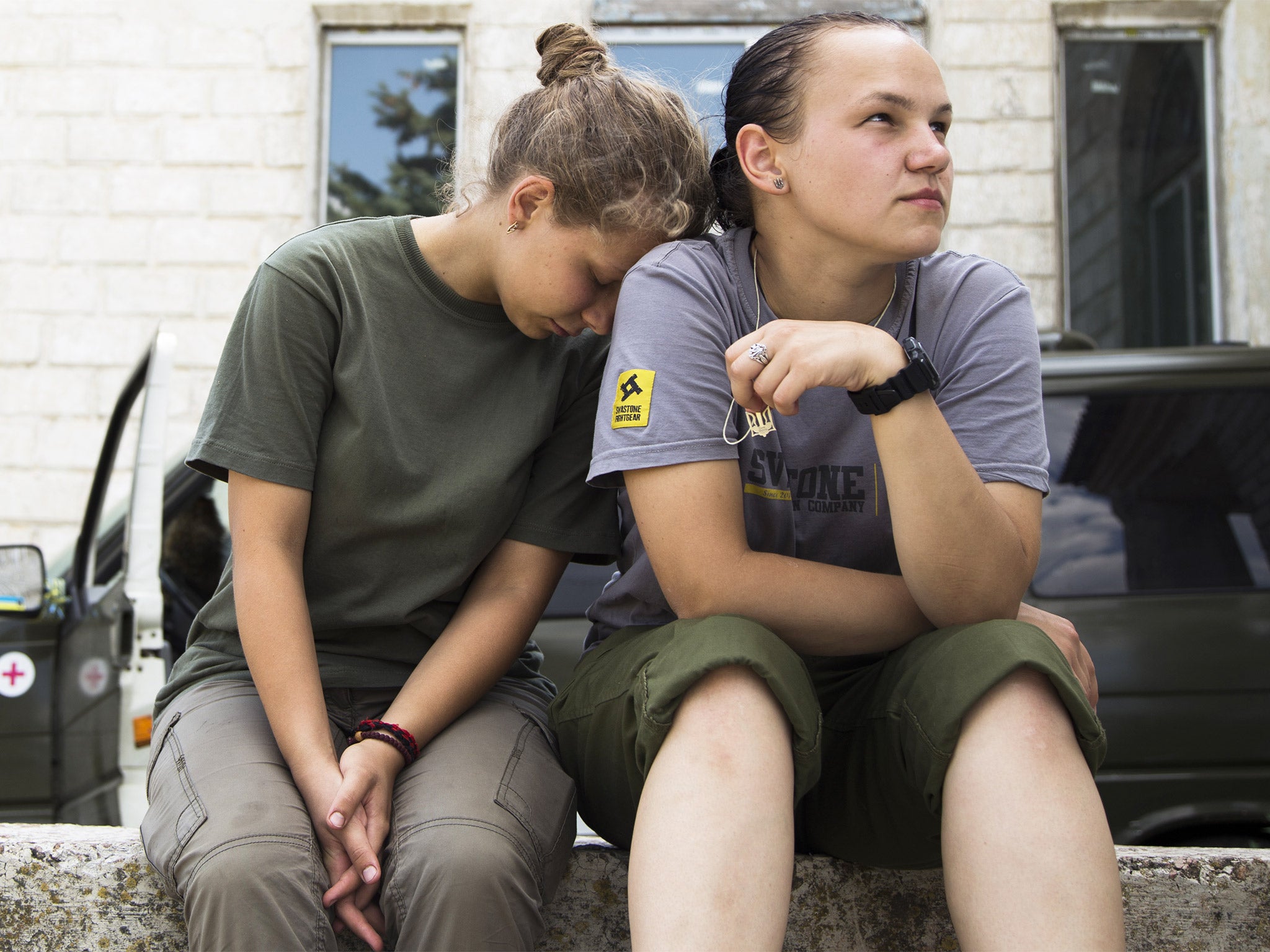
Your support helps us to tell the story
From reproductive rights to climate change to Big Tech, The Independent is on the ground when the story is developing. Whether it's investigating the financials of Elon Musk's pro-Trump PAC or producing our latest documentary, 'The A Word', which shines a light on the American women fighting for reproductive rights, we know how important it is to parse out the facts from the messaging.
At such a critical moment in US history, we need reporters on the ground. Your donation allows us to keep sending journalists to speak to both sides of the story.
The Independent is trusted by Americans across the entire political spectrum. And unlike many other quality news outlets, we choose not to lock Americans out of our reporting and analysis with paywalls. We believe quality journalism should be available to everyone, paid for by those who can afford it.
Your support makes all the difference.Rebels and government soldiers in Ukraine have both accused their respective commanders of lying about one of the most significant battles to erupt on the front line in months.
As violence continues to escalate in the country’s restive east and the war’s official death toll surges towards 7,000, Kiev said that hundreds of pro-Russian fighters, supported by tanks and heavy artillery, launched a pre-dawn attack near the small town of Starohnativka last week. Ukraine’s defence ministry claimed its own forces launched a counter attack and seized strategic rebel positions – purportedly the first territorial gains made by the government since the ceasefire was signed in February. Rebel authorities in Donetsk People’s Republic (DNR) denied that rebels had attacked in the area, just 20 miles from the Russian border. They accused Ukraine of making up the story and insisted the separatist army had not broken the ceasefire.
However, eyewitness accounts from the front line on either side of the divide challenged both official versions of events, dismissing the claims and counter-claims as propaganda to lift morale.
Medics with pro-Kiev forces poured scorn on the Ukrainian Defence Ministry’s statement that the 72nd mechanised brigade had seized “key heights” and pushed the rebels back “two or three kilometres”. Multiple witnesses described an elastic front line which had apparently stretched forward, only to snap back hours later.
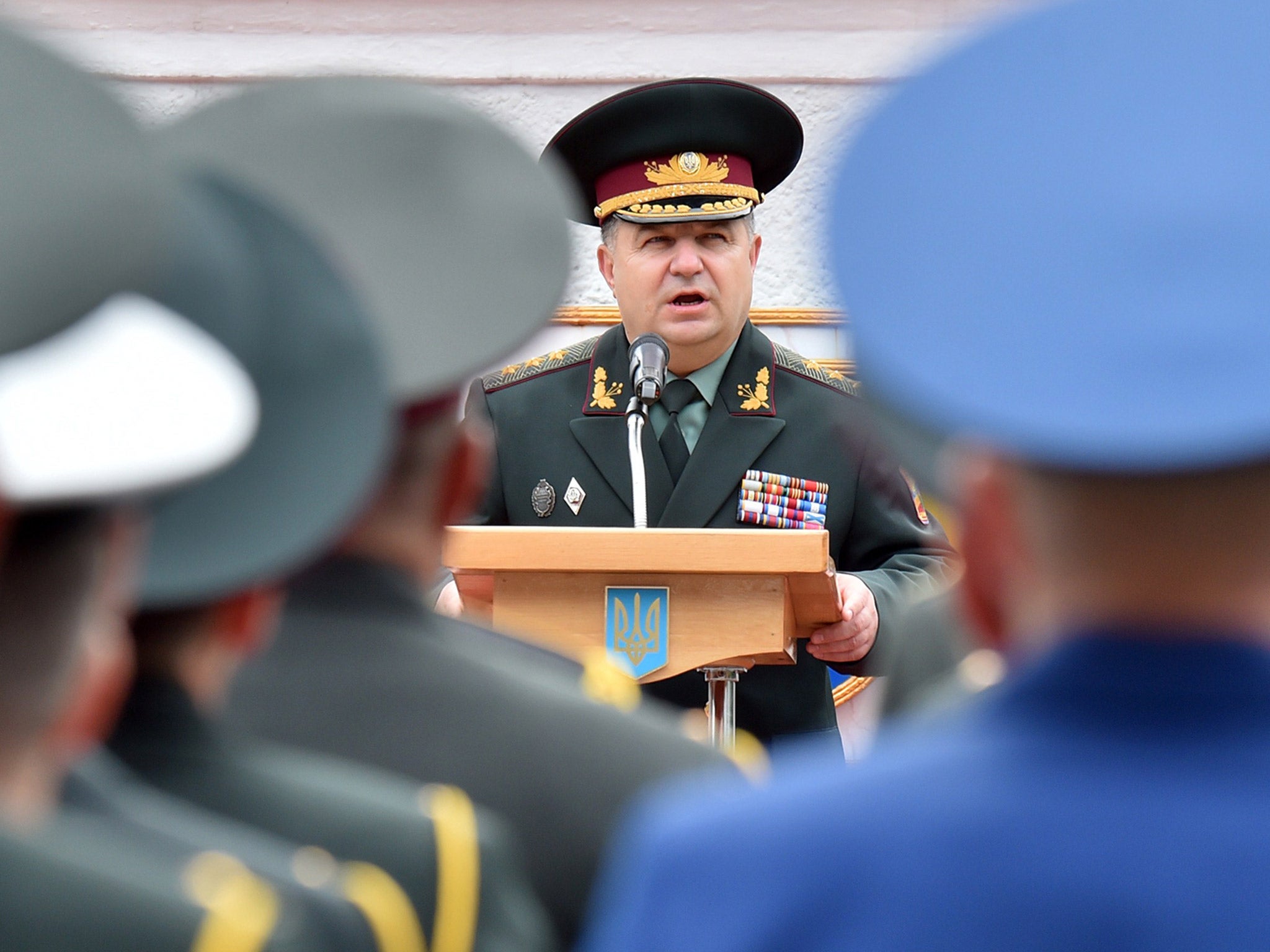
“They said we took new territory from the separatists but it’s not true,” said Olena Maksymenko, 27, a volunteer paramedic from Kiev. “Our troops did move forward but they pulled back soon afterwards.” Sitting on an ammunition crate outside a former Soviet children’s camp, now commandeered for the medics’ living quarters, she gazed over the scrubland to the front line. “The Defence Ministry just wants to show a nice situation for the people back home,” she added. “They want to create a prettier picture, but it wasn’t pretty. Three men died from Right Sector [a nationalist paramilitary group which fights for Ukraine] and four from the army. One guy died as we treated him – he didn’t stand a chance.”
Anatoli, 40, a sergeant, also undermined Kiev’s claims that new ground had been captured. “We moved forward to Novolaspa [a village trapped between both front lines] but we saw a group of tanks there so we pulled back to our original positions,” he said. “The fight was heavy – Grad missiles, multi-calibre shells and surveillance drones.”
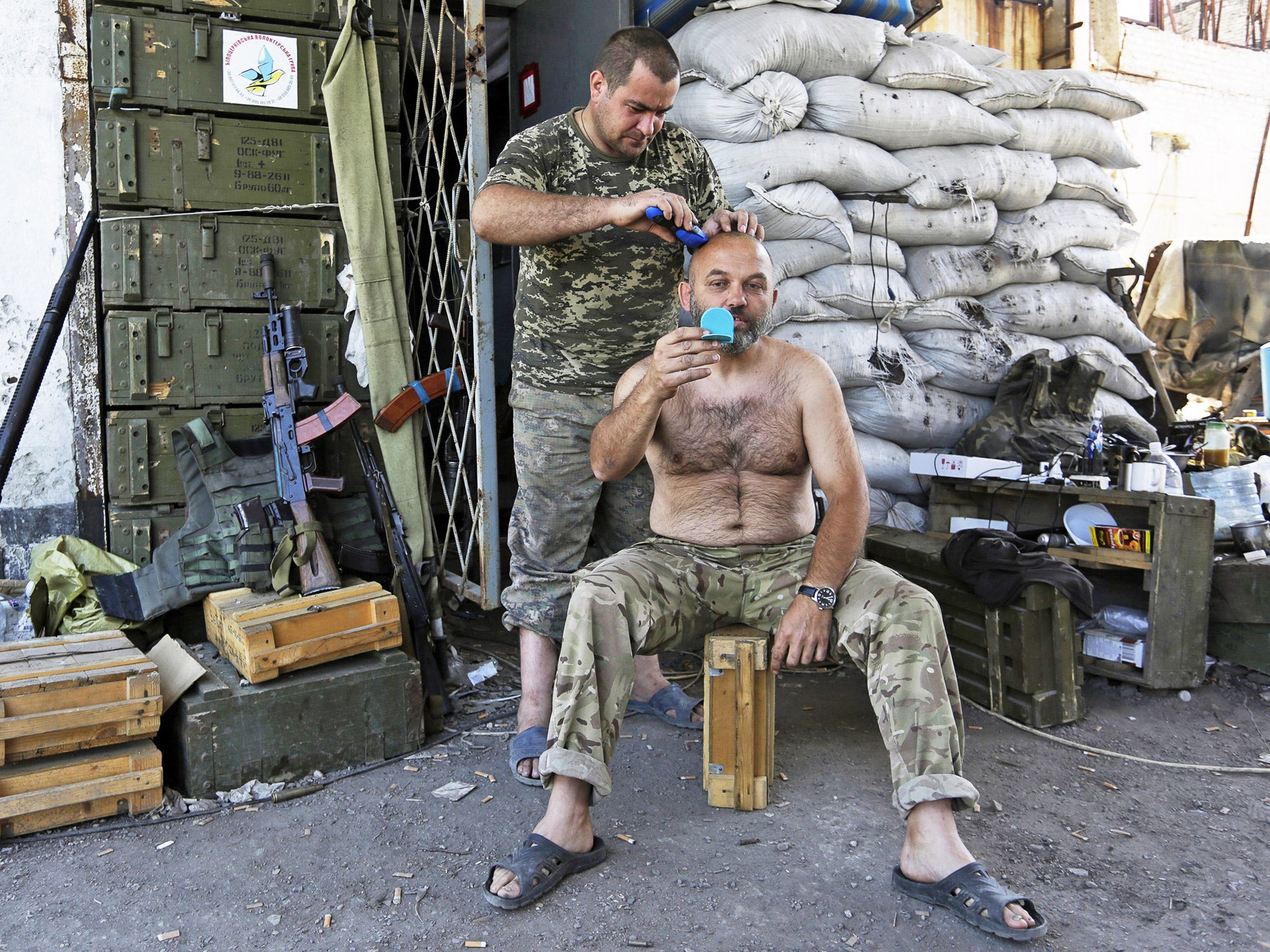
At Ukraine’s frontline positions, civilian contractors were cooking dinner outside their tent following a day of bolstering defences and digging new trenches. Their boss, Vladimir Bardesh, insisted that no new ground had been permanently taken.
“Sure, some of our soldiers moved forward but they didn’t stay there for long,” he said. “Nothing has changed.”
Further north, a group of pro-Kiev soldiers waited in an abandoned farm for nightfall as incoming and outgoing shellfire echoed along either side of the darkening valley.
Their commander, Major Alexander Chirya, scoffed at his superiors’ claims but seemed ready to accept misinformation as a key component of war. He said: “Our troops didn’t take any new land. Perhaps the officials at the Ministry see better than we do. That news about new territory sounds good to me – I’d be glad if it were true.”
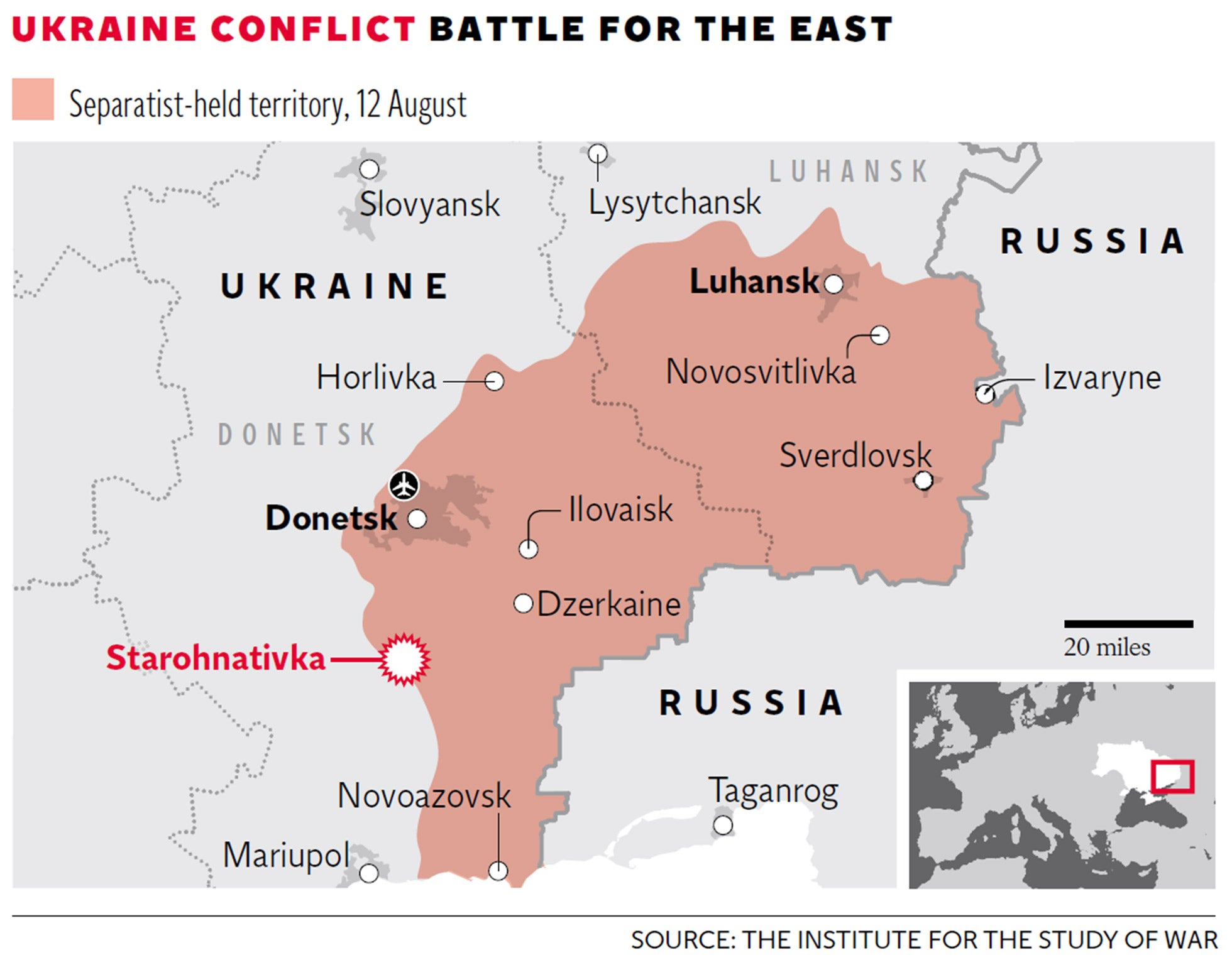
Rebel fighters with Donetsk’s Russian-backed army stationed around the devastated villages of Novolaspa and Bila Kam’yanka, north-west of nearby Starohnativka, rejected the DNR’s initial denials that the battle had taken place early last Monday.
A Special Forces commander said: “The shelling that day lasted for hours into the following morning. Every day it’s a big fight.”
Artillery shells and mortar rounds exploded nearby, but his men barely registered the blasts as they stood around smoking by a meandering river among a mass of reeds.
“Nothing has changed – the same villages as before are controlled by Ukraine and DNR,” said the commander. “We didn’t leave our positions. The only time that happens is when we use the landscape to our advantage and sneak behind the enemy. We like partisan war.”
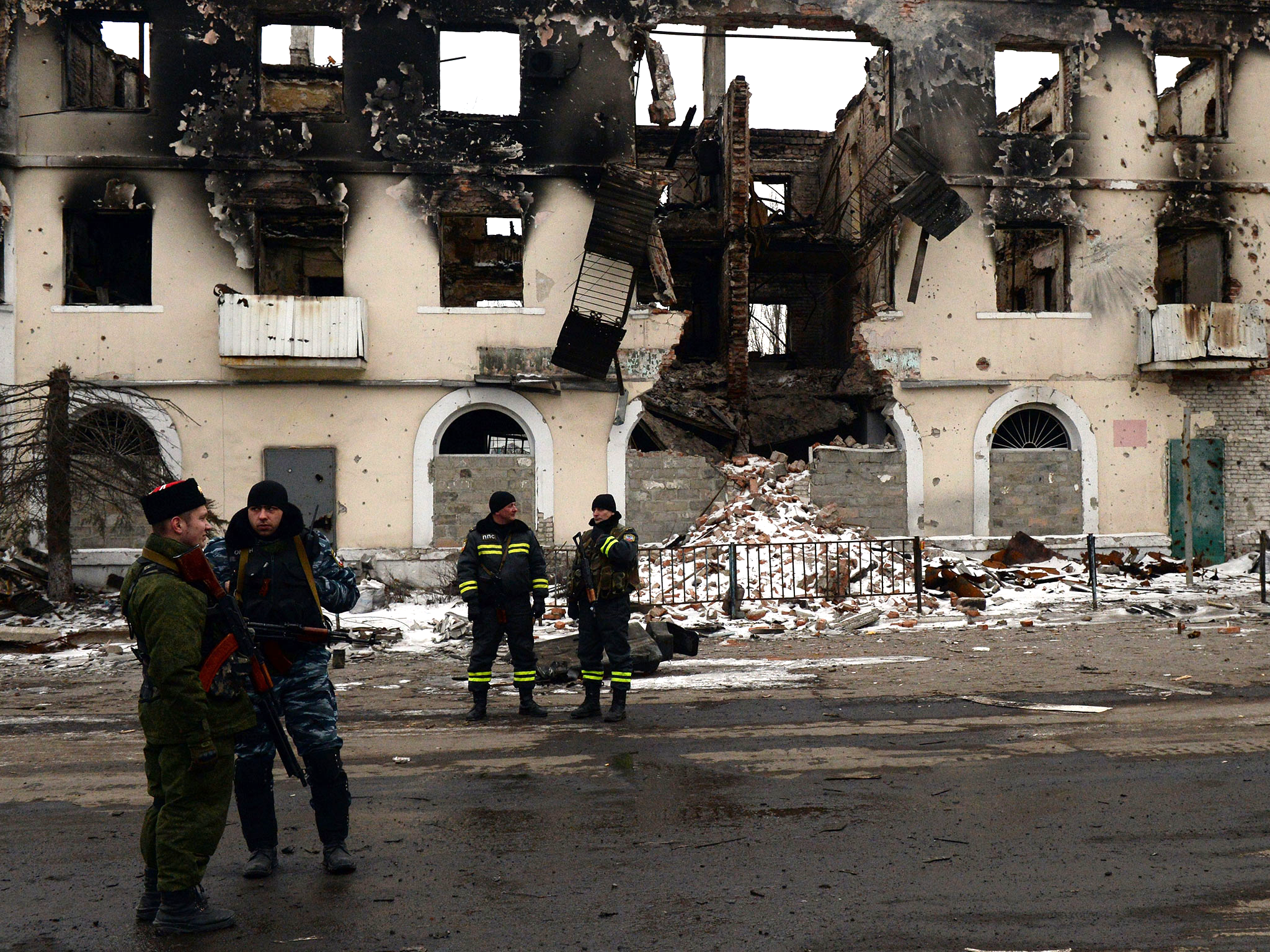
Last week’s attack near Starohnativka highlighted the continuing waves of escalation that now mark the frontline.
Ukraine accused the rebels of carrying out the heaviest shelling in six months since the desperate battle for Debaltseve and branded it “a dangerous indication” of imminent conflict.
International monitors from OSCE observed a significant increase in ceasefire violations around the town and President Poroshenko was reported to have summoned his defence chiefs for an emergency meeting in response.
Stalemate and trench warfare have increasingly typified the country’s crumbling ceasefire, however there are fears that a recent upsurge in violence could herald a late summer offensive, with some civilians and soldiers pointing to Ukraine’s Independence Day next Monday as a possible date for an attack from either side.
Ukraine’s military has heavily fortified key positions in recent months, including the industrialised port city of Mariupol, which holds a strategically important position on the Sea of Azov.
The international watchdog monitoring Ukraine’s crumbling ceasefire has confirmed that Grad missiles and heavy artillery – both banned at the front line under the Minsk deal agreed in February – have been used around Starohnativka recently.
Speaking in Donetsk, Alexander Hug, the Deputy Chief Monitor of the OSCE’s Special Monitoring Mission to Ukraine, said: “Crater analysis that we have conducted in Starohnativka have revealed that heavy weapons, such as 152mm and 122mm, and Grad systems have been used by both sides in the recent upsurge in fighting.”
Join our commenting forum
Join thought-provoking conversations, follow other Independent readers and see their replies
Comments